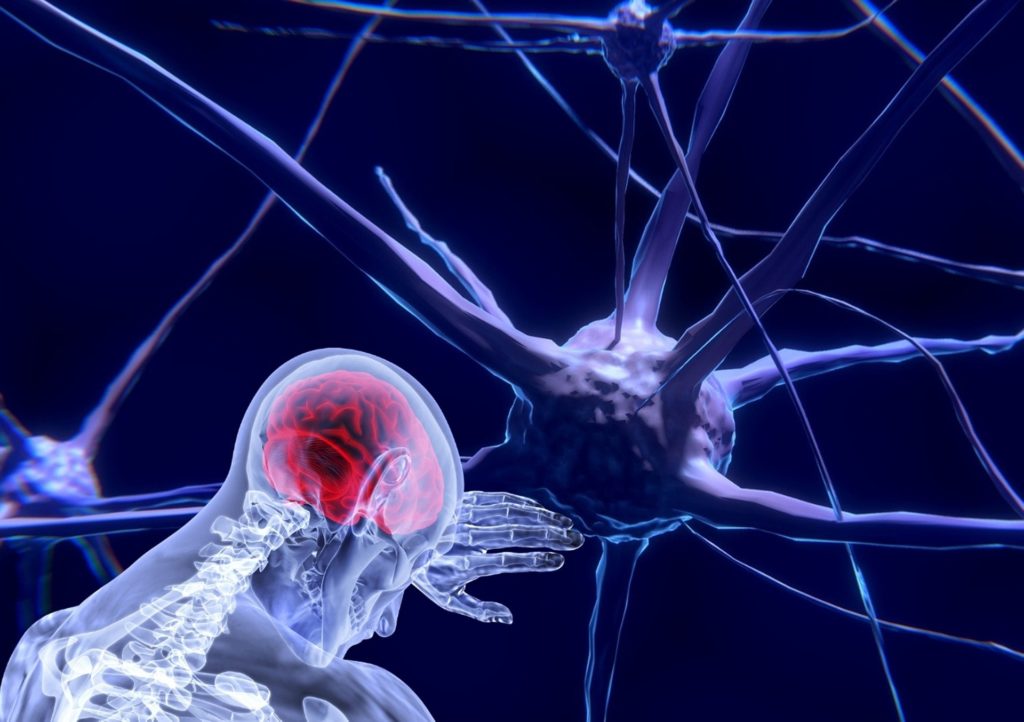
Holidays are meaningful, fun, and enjoyable for many people. Yet, it’s easy to make a big production out of them when we try and accomplish too many holiday “to-dos.” Cue the cooking marathon, never-ending errands, perfectly orchestrated family pictures, Instagram-worthy homemade meals, … should I say more? Planning out the “perfect” holiday season while navigating chronic illness can become overwhelming. In fact, chronic illness is emotionally and physically taxing any day of the year, so adding to it the pressure of checking off every holiday “must-do” can lead to undue pain, fatigue, and symptoms flare. Below are 7 ideas and tips to reclaim the fun of this holiday season and alleviate some of the stress.
1. Set boundaries
Setting boundaries can be as easy as saying NO! “I appreciate the invitation but I won’t be able to attend”, “I love that you’re hosting this event, I’ll pass this year. Hope you have a fun time!” And give yourself permission to turn down invitations without justifying yourself if you don’t want to. Limit the number of events that you will attend. Identify the ones you really want to be part of, whether you’re hosting or attending, and RSVP no to the other ones. And before attending a party, it can be helpful to have an idea of how much time you plan on spending there. Know your limits! If you know from experience that you become fatigued and your pain increases significantly after one hour of mingling, standing, or being in a loud environment, give yourself permission to leave at the 55-minute mark. It can also help to share a “code word” with your partner or a friend giving you a ride. This way, they know that when you say “blue cheese” it’s time to leave!
2. Prioritize the things that bring you most joy and meaning
Be wise about how you spend your time, energy (and even money)! Prioritize activities, events, experiences that bring you joy or meaning. Ditch those that you don’t particularly care about. It’s okay if your list of “must-do holiday things” looks different from that of your next-door neighbor or even from your list from the previous year.
3. Simplify your life as much as possible
Some holiday experiences or items may be important to you, yet you’d rather not be in charge of planning or executing them. For instance, you may enjoy nicely wrapped gifts but wrapping gifts for hours increases your pain. You enjoy eating a traditional thanksgiving meal but can’t stand for hours cooking in the kitchen. Delegate! Find support to make the holiday season meaningful without having to be the one in charge of all the logistics. And allow yourself to take off your list all the activities and items that you’ve been doing but that don’t really bring you or your family much joy or meaning. It’s not rare that we find ourselves doing things out of habit only to realize that it’s not something that speaks to our values.
4. Self-care
Now is the time to double-up on self-care! The holiday season is without an ounce of a doubt one of the most stressful and busy time of year. Holidays are physically, emotionally, financially taxing. It’s important to be even more intentional about making time for your needs and prioritize your body and mind. And if you don’t enjoy the holidays, it can also be difficult to go through this season. So taking care of yourself and reaching out for support might be much needed.
5. Pace yourself
Pacing is an important aspect of living with chronic illness. The holidays should be no exception. While your schedule might be more packed than usual and your to-do list might run longer, try as much as possible to plan errands and events in a way that allows for resting and recovery. The key word here is to plan!
6. Keep up with your routine
Make a list of your non-negotiable health routines and plug them into your schedule before planning anything else. Then, you can schedule other events and errands around your routines, as much as possible.
7. Create traditions that are meaningful to you and your family
Creating fun traditions that are meaningful for you and your family AND respect your health needs is especially important. One family for instance started a new tradition for Thanksgiving, when each family member would order in their favorite food, and they would then share a meal in bed, picnic style, and it made for great memories! You can also plan on having a virtual Friendsgiving, which allows you to rest as needed and turn down the volume when you need to take a break. As we enter this holiday season, take some time to reflect on what you want this season to look like and how you can focus on the most meaningful experiences without adding too much physical and emotional stress


